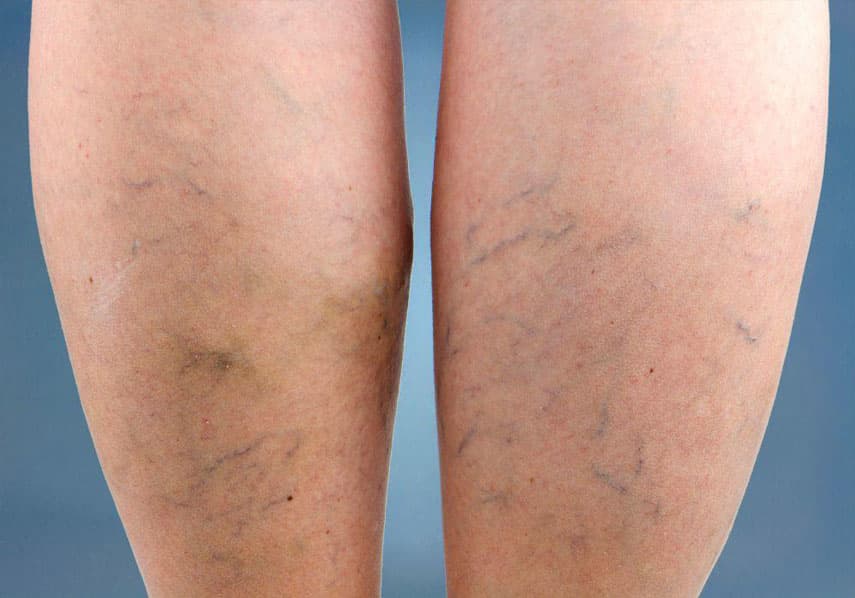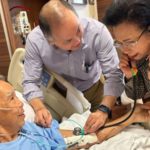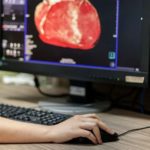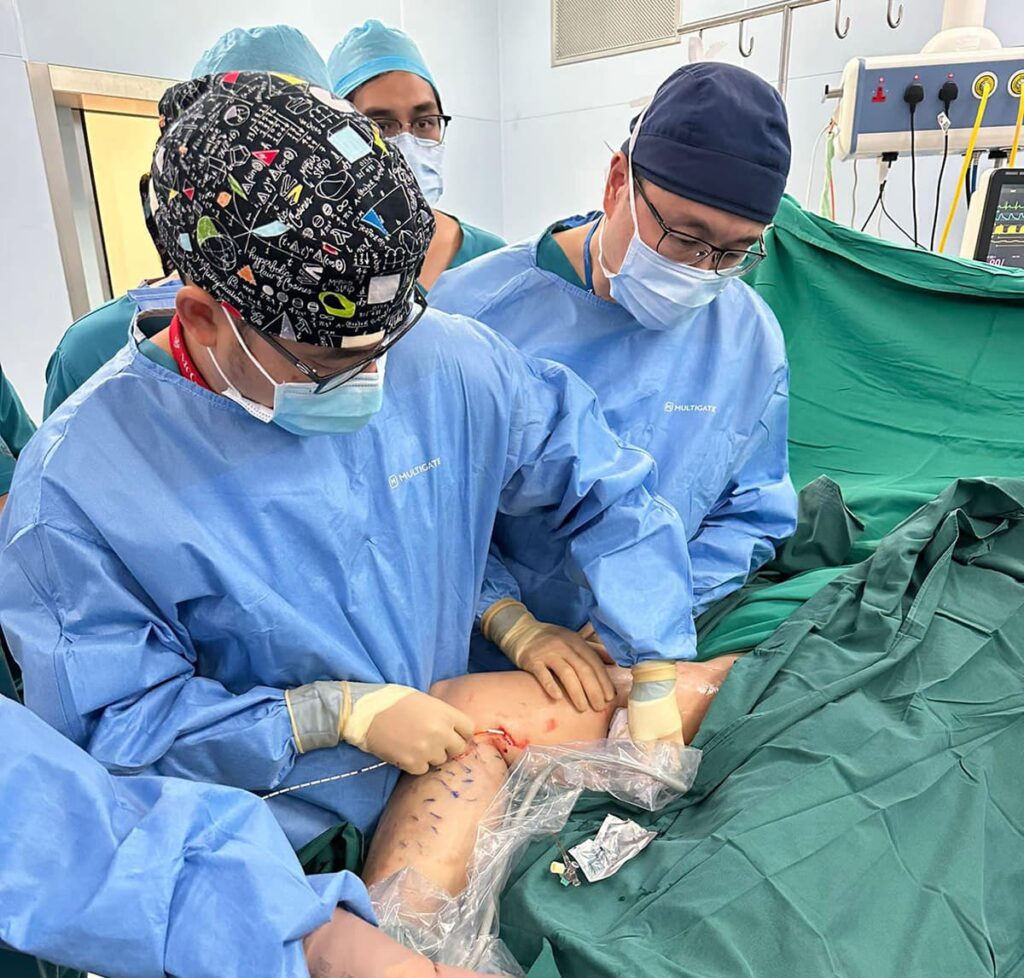Overview
Varicose veins are swollen veins that appear blue or purple just beneath the skin. Varicose veins are only found on the legs and are brought on by weakened vein valves. However, if these valves become damaged or dysfunctional, blood may flow backward and pool in the vein, increasing its size. Varicose veins are also more common in women compared to men. Leg pain, swelling, and heaviness are among the symptoms you may experience.
Varicose veins are unsightly and uncomfortable and may also cause significant complications, including skin ulcers and blood clots. Varicose veins may be treated in several ways, including making adjustments to one’s lifestyle (such as wearing compression stockings and avoiding prolonged periods of standing or sitting) or undergoing surgical treatments to remove or block the faulty veins.
What Causes Varicose Veins?
There are a number of varicose veins cause(s), including but not limited to the following:
- Age: Veins might become more vulnerable to varicose veins as we age because their walls weaken.
- Obesity: Varicose veins are more likely to form in people who are overweight or obese because of the added strain on their veins.
- Gender: Varicose veins are more prevalent in females than in males.
- Family history: Varicose veins have a tendency to run in families, especially on the maternal side, so you may be at higher risk if your relatives have them.
- Pregnancy: Varicose veins are more likely to develop in pregnant women because of weight gain and hormonal changes. There is also higher pressure exerted on the veins in the legs because of the gravid uterus.
- Standing or sitting for long periods: Varicose veins are more likely to develop if one spends extended amounts of time in either a standing or sitting position.
- Previous vein damage: Your risk of getting varicose veins increases if you have ever had a vein injury such as in trauma or vein surgery.
Varicose Vein Symptoms
Varicose veins may be observed on the legs and ankles and are often blue or dark purple in hue. A number of symptoms characterise varicose veins.
- Legs that hurt or feel sluggish and tire easily.
- Swelling around the ankles.
- Experiencing itching or burning in the affected region.
- Dry or brown discoloration of the skin.
- Leg discomfort, particularly after prolonged periods of standing or sitting, may indicate a more severe problem.
- Leg discomfort or cramps, particularly during sleep.
You should visit a doctor if you are experiencing any of the above symptoms.
Treatment
There are several varicose vein treatment options available, and the best treatment option for you will depend on the severity of your condition and your individual needs and preferences. Some standard treatment options for varicose veins include:
- Lifestyle changes: Making lifestyle changes, such as exercising regularly, maintaining a healthy weight, and avoiding standing or sitting for long periods of time, can help improve circulation and reduce the symptoms of varicose veins.
- Compression stockings: Wearing compression stockings can help improve circulation in the legs and reduce the symptoms of varicose veins.
- Medications: Your doctor may prescribe medications to help improve blood circulation and reduce swelling.
- Sclerotherapy: This is a procedure in which a chemical solution is injected into the affected vein to collapse and seal it shut.
- Endovenous laser treatment: This is a procedure in which a laser is used to seal the affected vein shut.
- Vein stripping and ligation: This is a surgical procedure in which the affected vein is surgically removed. This is normally reserved for the larger veins and those who are price sensitive.
Your doctor will work with you to determine the best treatment option for you based on the severity of your condition and your individual needs and preferences.
Varicose Veins: Complications
Many issues may arise from untreated varicose veins. In addition, varicose veins may cause several other medical problems. Complications of varicose veins can include:
- Skin irritation and ulcers: Varicose veins can cause skin irritation and redness, and in severe cases, they can develop ulcers on the skin (this is breakdown of the skin and is very painful).
- Blood clots: Varicose veins can increase the risk of blood clots forming.
- Bleeding: Varicose veins can rupture and cause torrential bleeding.
- Pain: Varicose veins can cause aching or pain, especially after standing for long periods of time.
- Chronic venous insufficiency: Varicose veins can lead to chronic venous insufficiency, a condition where the veins cannot circulate blood from the legs back to the heart effectively. This can cause swelling, skin changes, and other complications.
If you have varicose veins, you should consult a vascular surgeon to lessen your chances of developing complications. When detected early or if the condition is not severe, modifying one’s lifestyle or taking medication is all it takes.









